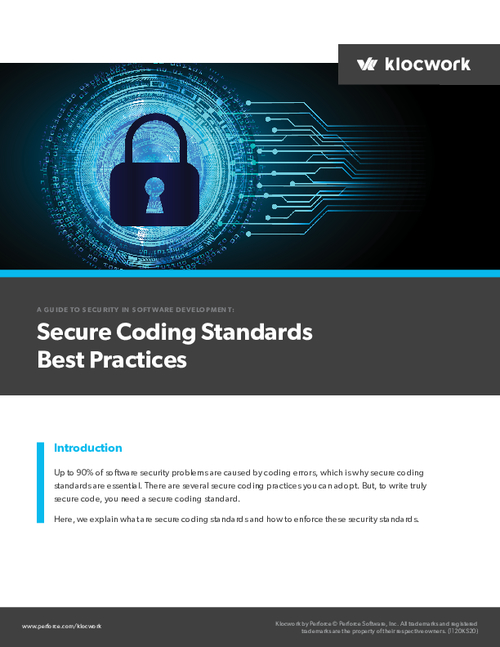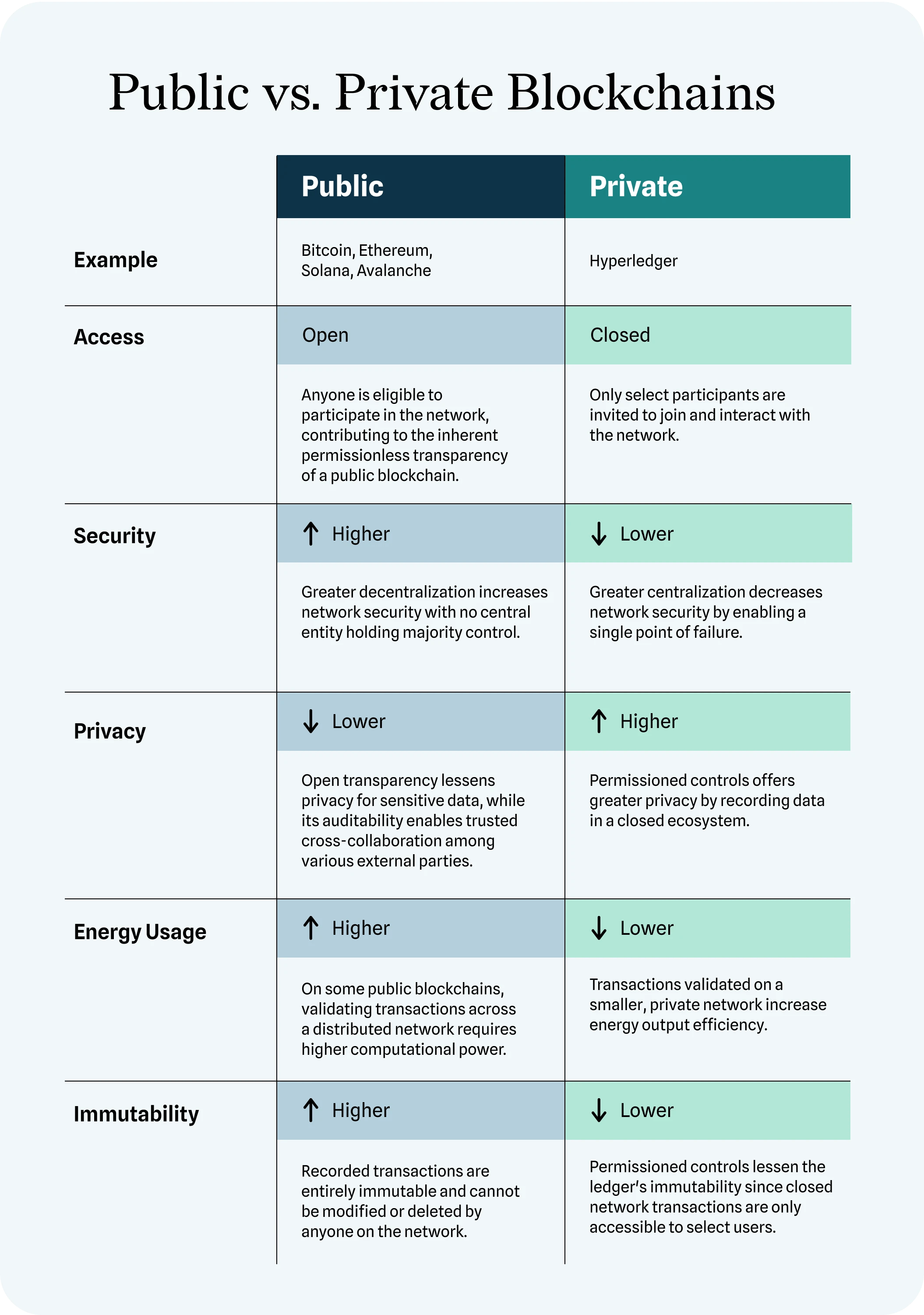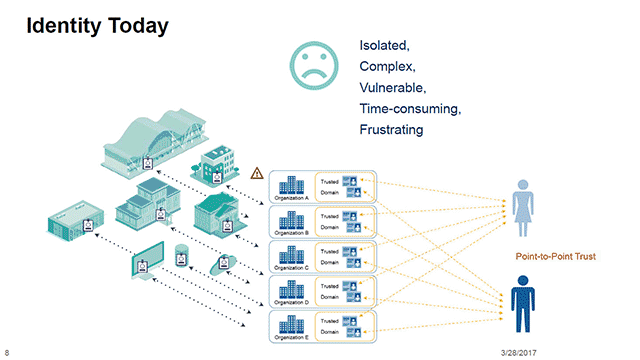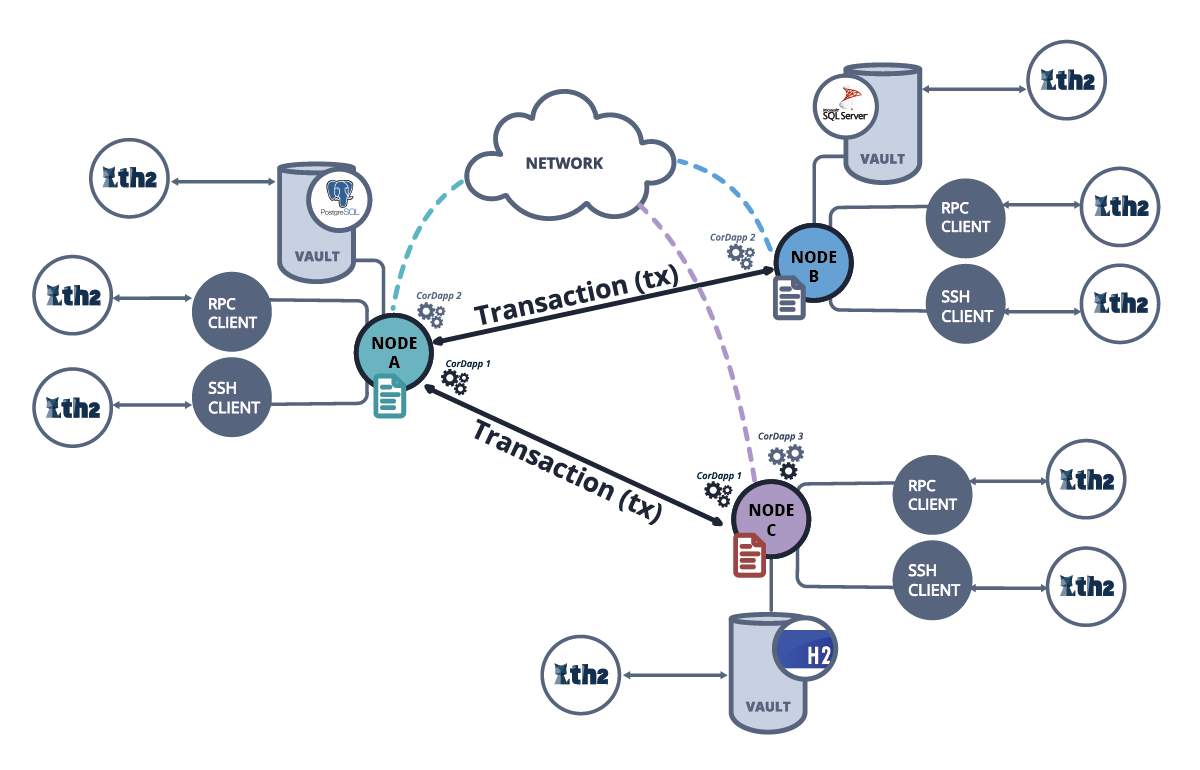
Embracing Security: The Essence of Secure Coding Practices
In the ever-evolving landscape of cybersecurity, secure coding practices stand as a fundamental pillar for developing robust and resilient software solutions. This article explores the significance of secure coding and delves into best practices that developers should integrate into their coding workflows.
The Imperative of Secure Coding
1. Proactive Defense Against Cyber Threats
Secure coding is not merely a reactive measure but a proactive defense strategy against cyber threats. By embedding security considerations into the coding process, developers can fortify applications against vulnerabilities, reducing the risk of exploitation and potential breaches.
2. Addressing the Root of Security Concerns*
Secure coding goes beyond patching vulnerabilities after they are discovered. It involves addressing the root causes of security concerns during the development phase, fostering a security-first mindset that permeates the entire software development lifecycle.
Essential Secure Coding Practices
1. Input Validation and Sanitization*
Ensuring that user inputs are validated and sanitized is paramount. By validating input data and removing potentially malicious characters, developers can prevent common vulnerabilities like SQL injection and cross-site scripting (XSS) attacks.
2. Proper Error Handling*
Effective error handling is a cornerstone of secure coding. Providing clear and concise error messages to users helps maintain system security by preventing information disclosure that could be exploited by malicious actors.
3. Secure Authentication and Authorization*
Implementing secure authentication and authorization mechanisms is crucial for controlling access to sensitive data and functionalities. Developers should adopt strong password policies, implement multi-factor authentication, and carefully manage user permissions.
4. Regular Software Updates and Patch Management*
Keeping software dependencies up-to-date is a key practice. Regularly applying security patches and updates helps eliminate known vulnerabilities and enhances the overall security posture of the software.
Code Reviews and Collaboration
1. Thorough Code Reviews*
Incorporating thorough code reviews into the development process is essential. Peer reviews help identify security issues, share knowledge among the team, and ensure that secure coding practices are consistently applied.
2. Developer Training and Awareness*
Continuous training and awareness programs are crucial for keeping developers informed about the latest security threats and best practices. By staying updated, developers can make informed decisions and contribute to a more secure development environment.
Integration of Security Tools
1. Static and Dynamic Analysis Tools*
Leveraging static and dynamic analysis tools can automate the identification of potential vulnerabilities in code. These tools assist developers in identifying security issues early in the development cycle, reducing the likelihood of vulnerabilities reaching production.
2. Automated Testing and Continuous Integration*
Integrating automated testing and continuous integration processes into the development pipeline enhances security. Automated tests can include security-focused checks, ensuring that code changes do not introduce new vulnerabilities.
Secure Coding Practices: A Link to Developer Empowerment
For comprehensive insights into secure coding practices and their application in modern software development, visit Secure coding practices. This resource provides valuable information, practical guidance, and the latest updates to empower developers in adopting and implementing secure coding methodologies.
In conclusion, secure coding practices are foundational in building resilient and secure software applications. By adopting a security-first mindset, addressing vulnerabilities at their roots, and integrating collaborative and automated security measures, developers play a crucial role in creating a digital environment that is more resistant to cyber threats. Embracing secure coding practices is not just a development choice; it’s a commitment to building a safer digital future.
















